Prediction of pulse suitability in rice fallow areas using fuzzy AHP-based machine learning methods in Eastern India

Authors:
In Eastern India, a widespread practice known as “rice fallow pulse” (RFP) involves using the soil’s remaining moisture to grow a short-duration pulse crop. For rainfed systems, it is an excellent practice of climate adaptation. To help farmers make informed decisions about where to plant what and to help policymakers create favorable conditions for timely seed distribution, it is imperative to forecast the appropriateness of pulse crops both geographically and temporally. Using fuzzy AHP (FAHP)-based machine learning methods, we tried to detect pulse appropriateness both geographically and temporally while considering fifteen natural, climatic, environment, and soil health-related characteristics in the Western Lateritic Zone of the Indian State of West Bengal. According to the findings, all machine learning (ML) techniques identified high-suitability zones in the districts of Murshidabad, Birbhum, Paschim Bardhaman, Paschim Medinipur, and Jhargram. By using machine learning techniques such as shrinkage discriminant analysis (SDA), neural network (nnet), random forest (RF), Naive Bayes (NB), rule-based C5.0, genetic algorithm (GA), and particle swarm optimization (PSO), it was found that moderate suitability zones were visible in some areas of Murshidabad, Birbhum, Paschim Bardhaman, Paschim Medinipur, and Purulia. Additionally, it was noted that all ML approaches revealed maximum low suitability zones in certain areas of Birbhum, Bankura, Purba Bardhaman, Purulia, and Murshidabad. Finally, district-level yearly pulse yields of minor, chickpea, and pigeonpea verified the precision of the ML-based models. We have devised a structure to assess pulse suitability analysis to improve crop and land productivity. One of the world’s most populous regions can use the data to inform policy decisions that will improve food and nutritional security in the face of shifting economic and environmental conditions.
